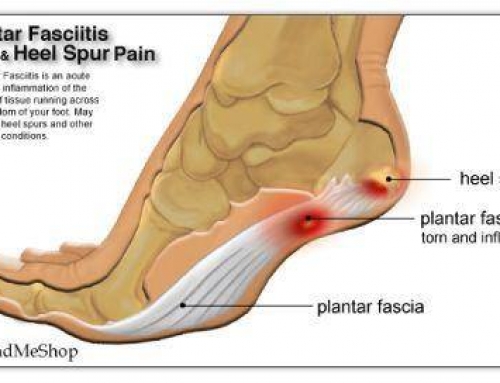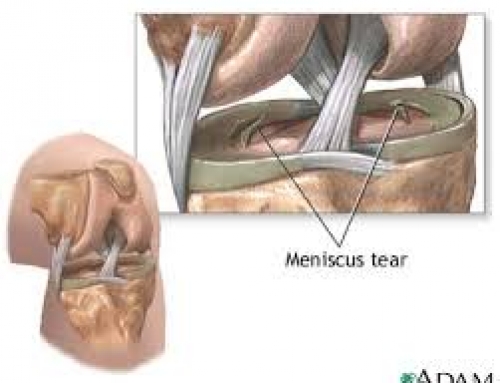As its name implies, patellar tendinopathy—also known as jumper’s knee—is a common sports injury that can affect the knee.
Jumper’s knee is the result of trauma to the patellar tendon, which connects the back of the patella (knee cap) to the front of the shin. When the tendon is repeatedly jarred from motions like jumping or running, it begins to fray, which can cause inflammation and pain.
Athletes who play sports that involve a lot of jumping—such as basketball or volleyball—or sports that involve running and quick stops or direction changes—such as soccer or football—are most at risk for jumper’s knee.
The pain from a jumper’s knee injury is often felt on the front of the knee, either on the lower part of the kneecap or on the bony bump at the top of the shin.
In rare cases jumper’s knee can be caused by a sudden acute trauma to the tendon, but most often it’s caused by repetitive stress to the tendon. This mean the symptoms tend to appear in these escalating steps:
Step 1: You feel knee pain during or immediately following an intense training or workout, which fades with rest.
Step 2: You feel knee pain during your workout that is intense enough that you need to stop exercising.
Step 3: You feel knee pain during daily activities, such as climbing stairs or standing up.
In order to stop this progression, you need to start treating jumper’s knee as soon as symptoms appear. This means taking a break from the sport or activity that triggered the pain and following the R.I.C.E. (rest, ice, compress, elevate) protocol.
Symptoms and Diagnosis of Jumper’s Knee
- Pain during athletic motion. An athlete with patellar tendinopathy may feel a sharp, throbbing pain beneath their kneecap during a workout or competition. At first, the pain may worsen with athletic activity and recede with rest. If left untreated, the pain may become constant, present even during times of rest. Pain will be worst when kicking, running, or bending the knee, as these actions activate the patellar tendon.
-
- Swelling. Like most patellar injuries, jumper’s knee may cause mild swelling of the knee joint. Athlete’s may notice that their knee looks swollen and has a reduced range of motion.
- Bruising or redness. In extreme cases or immediately after acute injury, discoloration of the knee joint may also be noticeable.
- Discomfort during daily activities. The patellar tendon helps extend the knee to straighten the leg during daily activities such as kicking, climbing stairs, or bending down. Athletes with advanced cases of patellar tendinopathy may notice increased pain in their knee from daily activities.
Athletes may find that it is possible to continue athletic competition despite the early symptoms of patellar tendinopathy. While this activity can be tempting, it is important that athletic activity is ceased and that the athlete seek medical evaluation before returning to the physical stress of sports. Continuing to compete or practice through the initial symptoms of jumper’s knee can cause the condition to worsen.
Treatment is with Shockwave therapy, generally 3-4 sessions, call 0404 80005 for more information




